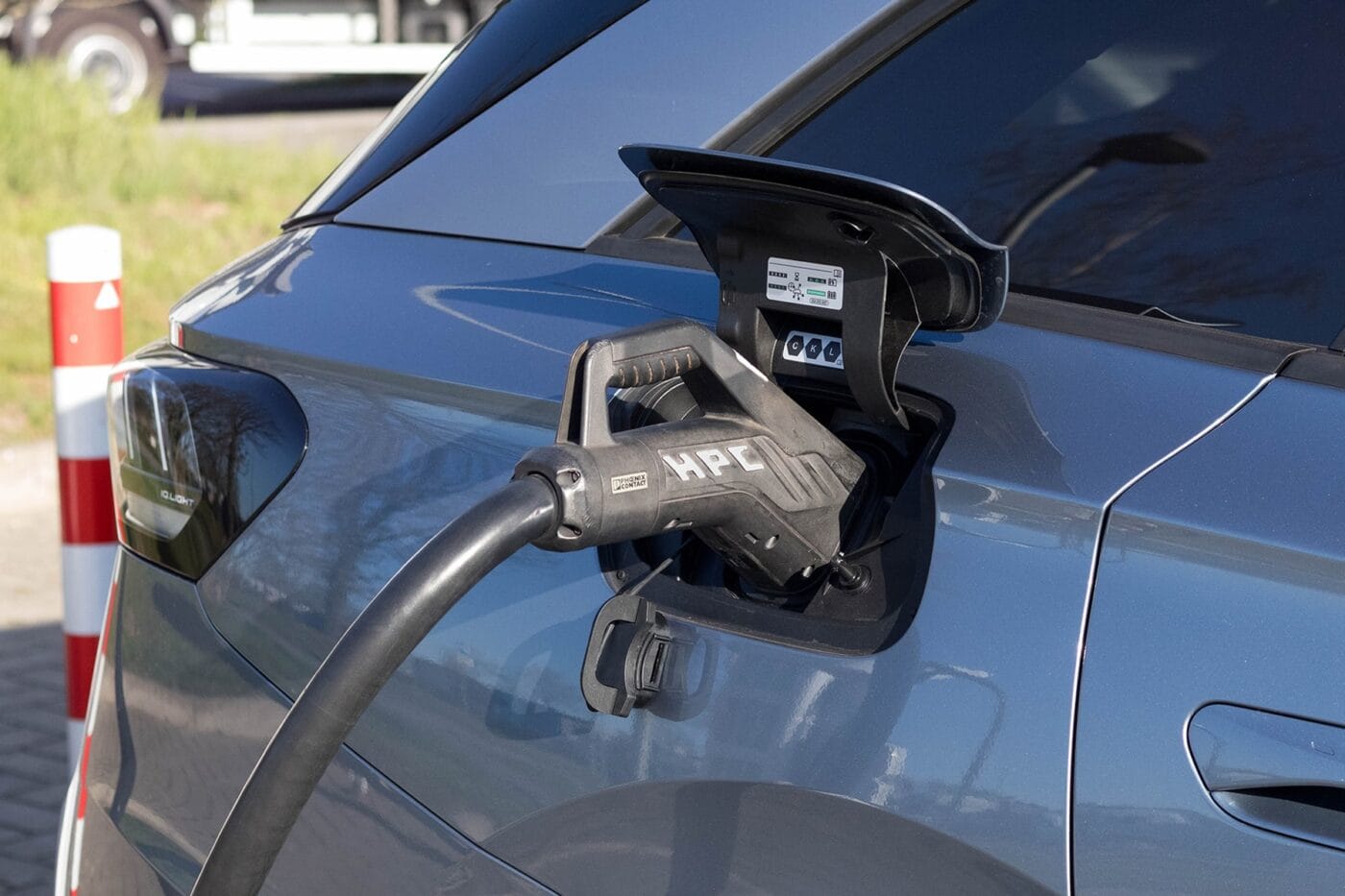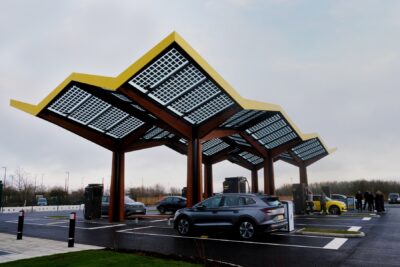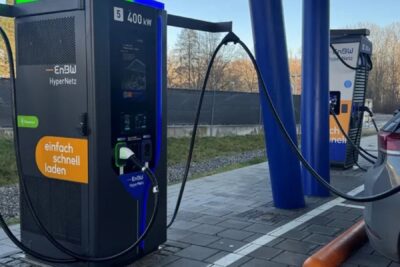HMRC splits reimbursement rates for EV charging
This new tiered system marks a departure from the existing reimbursement scheme. In 2018, HMRC introduced a single-tier system which provided a rate of 4p-per-mile. This was only amended in December 2021 amid rising energy prices, with quarterly adjustments being introduced in December 2022. Since September 2024, the current AER rate has been sitting at 7ppm.
This system was criticised for its simplicity compared to the government’s existing Advisory Fuel Rates (AFRs) system for ICE vehicles, which offers three rates per fuel type and according to engine size. In contrast, the AER rate did not account for the fact that EV charging efficiency can vary greatly by vehicle, nor the higher price variation of high-powered chargers with a >50kW output. Fleetnews reports an analysis by Paua showed that company car drivers doing as little as 20 per cent of charging on public networks can face a shortfall of £200 – in other words, penalising the use of public chargers by company car drivers.
As well as splitting the rate between home and public charging networks, the Advisory Electric Rate (AER) will also now be adjusted every quarter based on the average efficiency of company-owned EVs over the last three years – which currently sits at 3.6mpkWh, domestic energy prices from the ONS (27p per kWh), and the Zapmap Price Index for public chargers at 50kW or less (51p per kWh).
This in itself could cause some issues: according to Autocar, the most recent Zapmap Price Index highlights average costs of 76p per kWh for ultra-fast chargers, which is 50 per cent higher than the stated AER. It’s worth noting that any excesses over this plus any higher fleet mileage rates can be taxed as additional income.
However, the change has been met with positive feedback from a number of industry figures. Paul Hollick, chair of the Association of Fleet Professionals, commented: “This is very good news for fleets. We’ve been working alongside the BVRLA for some time to promote the idea of split public and private charging AER rates and, while it has been a long, long process, we’re delighted that HMRC has listened.”
Thomas McLennan, director of policy and public affairs at the British Vehicle Renting and Leasing Association (BVRLA), added: ““Back in 2021, the Association of Fleet Professionals and BVRLA collaborated on AER reform, leading to the regular review of AER rates. In 2022, a follow-up effort was made to request a public charging rate. Policy change is not usually rapid. HM Revenue & Customs and others have complex and competing priorities, but this is a great reminder that change does come when we work together – even if a lot of patience is needed.” However, he added that a separate rate for rapid charging may still be needed as the new 12ppm public charging rate may not fully cover costs.
Update 27 August 2025
HMRC has corrected the new advisory electricity rate (AER) for electric company cars after admitting an error in its original calculation. From 1 September, drivers will be reimbursed at 8 pence per mile (ppm) for home charging, while the public charging rate has been adjusted from 12ppm to 14ppm.
The revised rate is calculated using an average efficiency of 3.59 miles per kilowatt-hour, weighted by car sales, and an electricity cost of 51 pence per kilowatt-hour. The reference cost is based on Zapmap’s monthly public charging price index for slow and fast chargers under 50 kW, uprated with the latest electricity price data from the Office for National Statistics.
The introduction of two separate reimbursement rates replaces the previous single figure and reflects the cost differences between home and public charging. HMRC guidance states that employers may reimburse above the advisory rate if drivers can evidence higher actual costs, for example when using ultra-fast chargers.
fleetnews.co.uk, autocar.co.uk, fleetnews.co.uk (update)





0 Comments